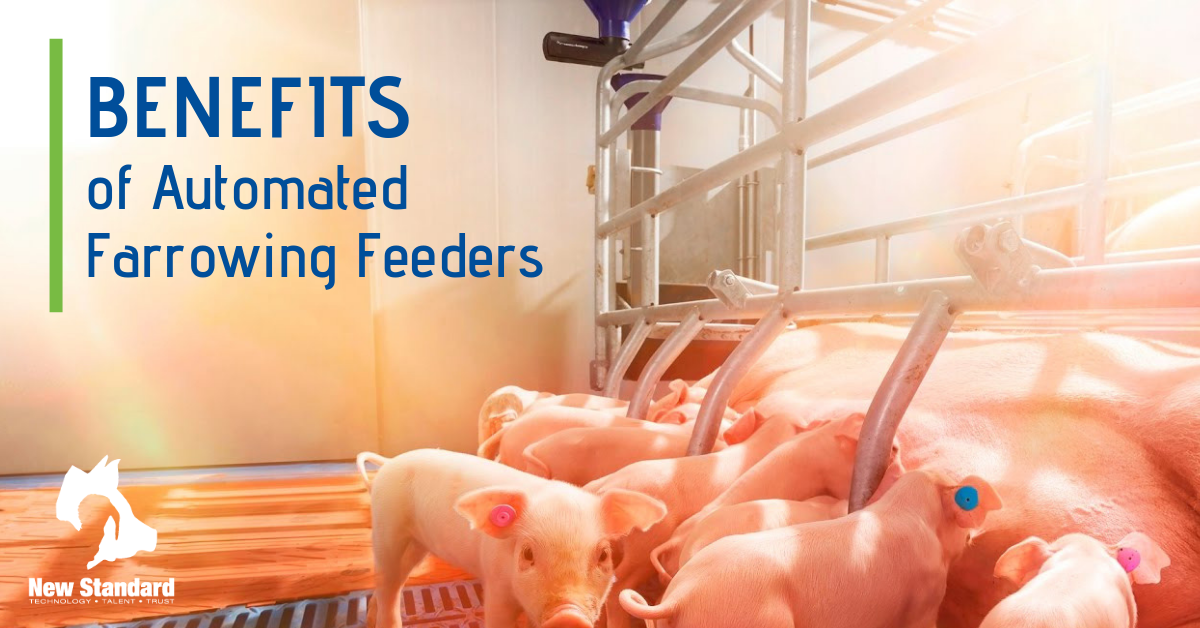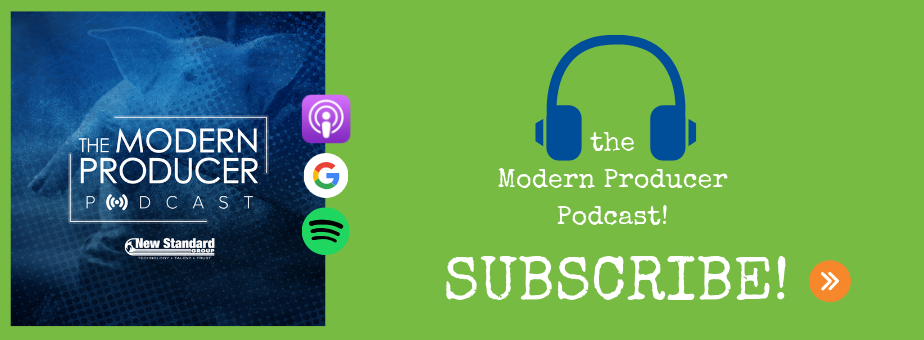
A year and a half ago, we had the opportunity to help do some renovation work in a university research farrowing barn. Previously, the client was hand-feeding animals, which was pretty labor-intensive.
We discussed some options and settled on installing a Nedap farrowing feeder system. It paired up nicely with their current ESF system, and was going to help eliminate that daily hand feeding regiment. As part of the renovation, we installed a chain disk system for the delivery of feed.
What is Nedap?
The Nedap compact feeder is an automated auger mounted on the bottom of a feed drop. This allows staff to program, and monitor when and how much feed each sow gets, and is eating.
We recently followed up with our client to see how the Nedap farrowing feeder system was operating. The response was overwhelmingly positive.
We wanted to share some of the benefits of this system that the client has been seeing.
Accuracy and Efficiency -
100% automatic feeding. We no longer touch the feed, and with the programmed feed amount, the accuracy of how much feed each sow receives, is perfect.
Animal Health Improvements
Sows are getting up more, and movement is increased overall. Also better gut health. Sows are no longer eating an entire ration at once, and then not eating the rest of the day. Feeding is spread out.
Ease of use and Integrations
The system is straightforward to use. Set it and forget it. It also integrates perfectly with our electronic sow feeding system we already have in place.
Barn and Sow Specific Feeding
This system also allows us to get specific with each animal and barn, so we can fine-tune to the needs she has.
Labor
Labor savings, is far and above the most significant advantage, we have seen. As mentioned before, we are no longer feeding by hand, and this is saving us a significant amount of time and expense. Especially taking the savings compounded over the year plus, in which we have implemented the equipment. For example:
Feeding takes a half hour each day, times 25 days in farrowing equals 12.5 hours.
12.5 hours x $30 per hour = $375 per farrowing group
$375 per group divided by 24 sows = $15.63 per sow savings
$375 per group times 16 groups per year = $6,000 savings per year by discontinuing manual feeding.
Not to mention the health benefits for the animals.
Piglet Health
At the end of farrowing, sows are returning to loose housing in good condition. Piglets are big and healthy, and overall production seems to have improved.
Win-Win-Win
This upgrade has proven upside on many levels. First, the cost savings the barn is seeing from labor reduction, is significant. Second, the simple use of the equipment and fast learning curve, makes integration a snap. And third, not to be overshadowed, is sow and piglet health. It is really about her. A healthy pig is a productive pig, and anything that can be done to make life better is a huge win in our book.
In conclusion, the ease of use, and the sheer labor cost savings are enough to consider a transition to a farrowing feeding system. Automation is here and proven.
Are you looking to help your bottom line? Take a look at labor activities, and see how newer equipment and automation can help be the place to start. Contact New Standard today to learn more.





